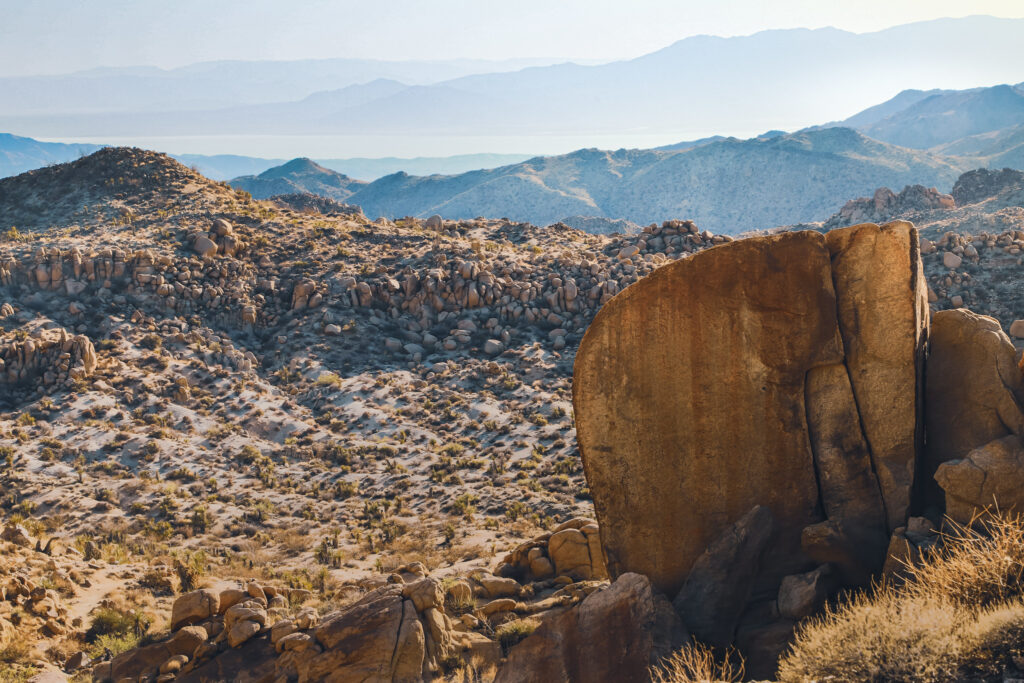
The Salton Sea is a shallow, landlocked, extremely salty body of water in the southern end of California. It was formed from an inflow of water from the Colorado River in 1905 in the aftermath of a collapse of a canal during spring floods. At one time, it was a thriving tourist destination and site of real estate speculation. It was also a crucial habitat for migratory birds and various aquatic species.
Over the past 20 years, the Salton Sea has become increasingly desiccated and polluted with agricultural runoff and waste. Rising salinity and the shrinking water supply from the Colorado River has made it uninhabitable for many species.
Recently, the Salton Sea has attracted new attention because of untouched lithium deposits located beneath its shores. The general area has acquired the moniker “Lithium Valley” and has become a place where major energy companies are exploring advanced mining techniques such as Direct Lithium Extraction (DLE). This new technique enables lithium to be captured from brine deposits without resource-intensive open-pit mining or evaporation pond processes.
Lithium is crucial for making the batteries that power electric vehicles. DLE mining has attracted large investments from billionaires like Warren Buffet, Bill Gates, and Jeff Bezos.
Lithium mining has generated major controversies because of its potential to damage the environment. Whether the new mining techniques can avoid these problems and tap into the potential resources near the Salton Sea remains to be seen. According to experts, the aquifers near the Salton Sea hold enough lithium to supply close to 40% of the global demand.
*********
Web Links
As Companies Eye Massive Lithium Deposits in California’s Salton Sea, Locals Anticipate a Mixed Bag
Photo, posted October 28, 2021, courtesy of Christian Collins via Flickr.
Earth Wise is a production of WAMC Northeast Public Radio
Leave a Reply